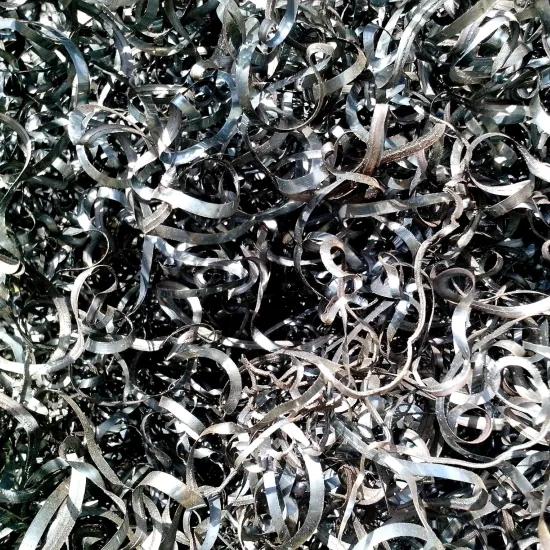Paper and cardboard are ideal packaging materials through the renewable origin of cellulose fibres, their high specific rigidity and light weight. To increase the quality and shelf life of packaged foods, the performance of paper needs to be adjusted through barrier coatings offering protection against water, gas permeability or aroma preservation. What about the suitability for recycling of these coated materials? Can they be reused in paper production? The Repac2 project aims to evaluate functionality and recyclability of paper for food packaging.
Nowadays, packaging plays a crucial role in the food supply by protecting quality, ensuring safety and extending the shelf life of food products. In addition to these functions, the ecological impact must be considered when choosing packaging materials.
Every day, the food packaging industry is faced with the choice of the most appropriate packaging material for the packaging of specific food products. In addition, the food and packaging industry is challenged to prove the recyclability of their packaging materials. Indeed, ambitious targets are set both at European and Belgian level. European legislation dictates that 65% of all packaging waste needs to be recycled by 2025 and even 70% by 2030 (according to EU Directive 2018/852). On Belgian level, the Belgian Food Industry (FEVIA) states that all food packaging should be recyclable, reusable or biodegradable by 2025. Moreover, recyclability is an important feature for realising the transition towards circular packaging.
In order to be suitable for use as food packaging, paper and cardboard materials are covered with one or more coatings that provide good sealing and gases and/or moisture barrier properties. Nowadays, many coated paper and cardboard materials are marketed for food packaging applications. Traditionally, laminated plastic films are applied to the paper, but in recent years alternative coatings have been developed, based on aqueous polymer dispersions. However, it is not always clear whether these coating materials meet the desired properties and whether they are suitable for the intended purpose. It is generally assumed that a coating should not exceed 5% of the packaging as to ensure the suitability for recycling. In line with European recommendations, new procedures have been developed to assess the recyclability of coated paper and cardboard packaging materials, but these have yet to be implemented into a universal method for existing and new products.
Enter REPAC²
The Cornet-Tetra project REPAC² ('Functional & recyclable coated paper packaging for food products'), that started in January 2022, brings together European research partners, including UHasselt, Sirris, Fraunhofer, Pack4Food, Flanders' FOOD, Natureef and West Pomeranian University of Technology. In addition, the support group includes some 16 Flemish companies from various sectors, including material suppliers, packaging producers and food retailers. The project aims to provide support to industrial partners for the accelerated implementation of coated paper and cardboard materials that have good barrier properties in contact with food and are also recyclable in accordance with current legislation. The knowledge gained during the project will help companies to select these materials and accelerate the possible implementation of coated recyclable materials within the food industry.
The agenda will start with market research on commercially available coated paper and cardboard for food packaging. A method will be developed to determine the suitability for recycling of coated paper and cardboard, which will be used to assess commercial packaging materials. In addition, a matchmaking event will be organised between food companies and the coated paper and cardboard packaging industry. This should result in generic case studies for further research. For these case studies, a shelf life simulation tool will be used at first, followed by common shelf life studies. Finally, in-company validation studies will be set up.
Sirris will team up with MPR&S to take care of the inventory of existing materials: both coatings and coated materials that are currently on the market and will be in the near future. In addition, the research at Sirris focuses on the suitability for recycling of these materials according to the most recent European recommendations. This will be done in the Sirris Coating Lab in Diepenbeek, where an experimental test line will be set up to pulp and assess the quality of the recovered paper fibres.
Target group
REPAC²'s target group includes the food industry, coated paper and cardboard packaging producers and transformers as well as recycling companies. In order to increase the industrial relevance of this project, a strong interaction with this target group is required.
Your input is valuable!
By means of a survey we would like to get a broad overview of coated paper-based packaging and coatings for paper/cardboard food packaging applications that are currently commercially available or new developments that are expected to come to market within 1 to 2 years.
You do not participate in the survey for no reason! By filling in the questionnaire you contribute to a higher product awareness on an international level. The products will be entered into an online inventory that is accessible to everyone and will be included in a white paper on coated paper-based packaging that will be widely distributed throughout the industry. In addition, your coating or coated packaging may be selected amongst 15 materials to be evaluated within the project for functionality and suitability for recycling. You will also have access to international matchmaking with potential end-users.
The questionnaire can be found here!
This project is carried out with financial support from VLAIO.





